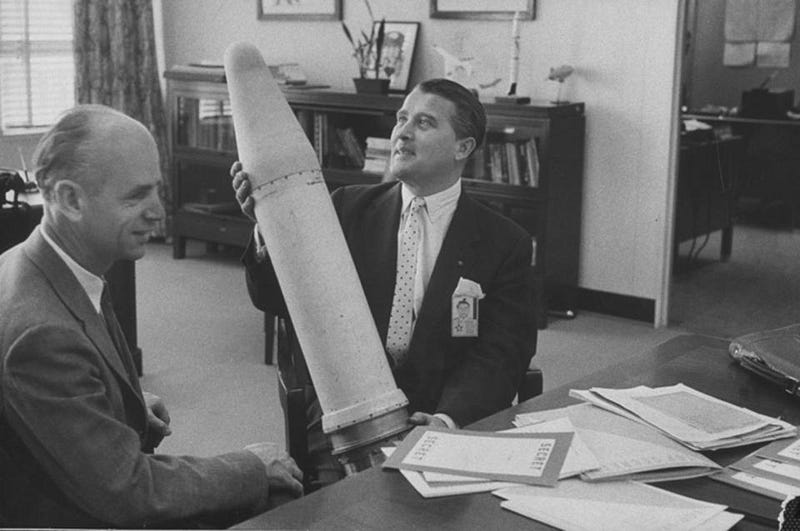These are the facts of Iraq and Afganistan Wars
Al Qaeda spent roughly half a million dollars to destroy the World Trade Center and cripple the Pentagon. What has been the cost to the United States?”
The U.S. government says precious little about these new ways of fighting enemies. But the strategic volte-face is clear: America has decided that conventional wars of uncertain outcome in Iraq and Afghanistan that may, according to a Brown University study, end up costing at least $3.7 trillion are a bad way to fight terrorists and that far cheaper, more precise tools for eliminating enemies are preferable — even if the legality of those killings is debatable
“Air Force officials calculate that it costs $5 billion to operate the service’s global airborne surveillance network, and that sum is growing. The Pentagon has asked for another $5 billion next year alone for remotely piloted drone systems. Yet even those costs are tiny compared with the price of the big wars
Estimated total cost of health care and disability compensation to veterans of the current wars will be nearly $1 trillion over the next 40 years
In human terms, 224,000 to 258,000 people have died directly from warfare, including 125,000 civilians in Iraq. Many more have died indirectly, from the loss of clean drinking water, healthcare, and nutrition. An additional 365,000 have been wounded and 7.8 million people—equal to the combined population of Connecticut and Kentucky – have been displaced
“More than $800 billion dollars in Pentagon direct spending has gone towards the war in Iraq. … That’s a far cry from the Bush administration’s early estimate of between $50 and $60 billion dollars
Brown University's Costs of War project estimates that the United States has spent between $3.2 trillion and $4 trillion on the ‘war on terror’…We cannot afford, literally, to focus exclusively on foreign affairs alone, as if the choices we make in relations to other nations don't have an impact on our ‘domestic affairs’ or our economy. “
American military personnel have served in Iraq or Afghanistan. More than 6,000 of them, as well as 2,300 U.S. contractors, have died in the two wars. Some 150,000 U.S. soldiers and contractors have been wounded. Another 20,000 soldiers from U.S. allies and Iraqi and Afghani security forces have died
LASTLY “The astonishing amount of money taxpayers have spent on the Afghanistan and Iraq wars – an average of $130 billion annually – could have been better invested in efforts aligned with Americans' values, and in particular, job creation. The Eisenhower Research Project's ‘Costs of War’ project, sponsored by Brown University, estimates that a year of war funding could have sparked 936,000 education jobs, 780,000 health care jobs, or 364,000 constructions jobs.” – US Rep. Pete Stark
“The Brown project puts the wars’ ultimate cost … at up to US$4 trillion – equivalent to the country’s cumulative budget deficits for the six years from 2005 to 2010. Think of how many people that money could feed and school.”
The U.S. government says precious little about these new ways of fighting enemies. But the strategic volte-face is clear: America has decided that conventional wars of uncertain outcome in Iraq and Afghanistan that may, according to a Brown University study, end up costing at least $3.7 trillion are a bad way to fight terrorists and that far cheaper, more precise tools for eliminating enemies are preferable — even if the legality of those killings is debatable
“Air Force officials calculate that it costs $5 billion to operate the service’s global airborne surveillance network, and that sum is growing. The Pentagon has asked for another $5 billion next year alone for remotely piloted drone systems. Yet even those costs are tiny compared with the price of the big wars
Estimated total cost of health care and disability compensation to veterans of the current wars will be nearly $1 trillion over the next 40 years
In human terms, 224,000 to 258,000 people have died directly from warfare, including 125,000 civilians in Iraq. Many more have died indirectly, from the loss of clean drinking water, healthcare, and nutrition. An additional 365,000 have been wounded and 7.8 million people—equal to the combined population of Connecticut and Kentucky – have been displaced
“More than $800 billion dollars in Pentagon direct spending has gone towards the war in Iraq. … That’s a far cry from the Bush administration’s early estimate of between $50 and $60 billion dollars
Brown University's Costs of War project estimates that the United States has spent between $3.2 trillion and $4 trillion on the ‘war on terror’…We cannot afford, literally, to focus exclusively on foreign affairs alone, as if the choices we make in relations to other nations don't have an impact on our ‘domestic affairs’ or our economy. “
American military personnel have served in Iraq or Afghanistan. More than 6,000 of them, as well as 2,300 U.S. contractors, have died in the two wars. Some 150,000 U.S. soldiers and contractors have been wounded. Another 20,000 soldiers from U.S. allies and Iraqi and Afghani security forces have died
LASTLY “The astonishing amount of money taxpayers have spent on the Afghanistan and Iraq wars – an average of $130 billion annually – could have been better invested in efforts aligned with Americans' values, and in particular, job creation. The Eisenhower Research Project's ‘Costs of War’ project, sponsored by Brown University, estimates that a year of war funding could have sparked 936,000 education jobs, 780,000 health care jobs, or 364,000 constructions jobs.” – US Rep. Pete Stark
“The Brown project puts the wars’ ultimate cost … at up to US$4 trillion – equivalent to the country’s cumulative budget deficits for the six years from 2005 to 2010. Think of how many people that money could feed and school.”



